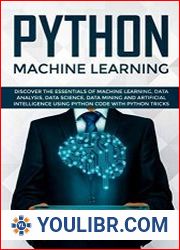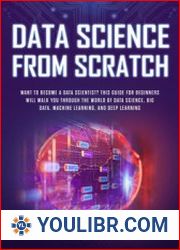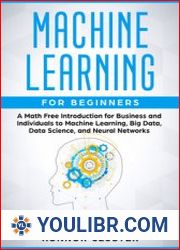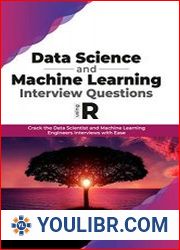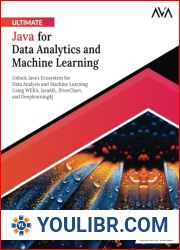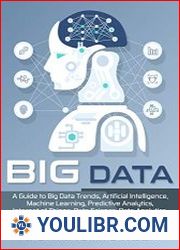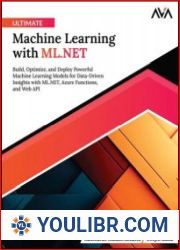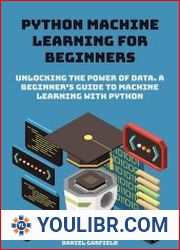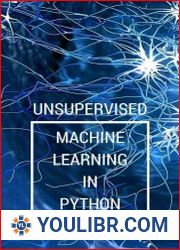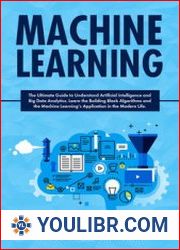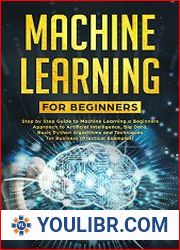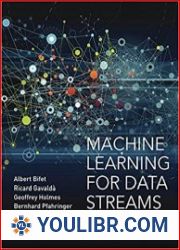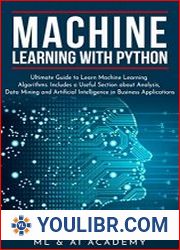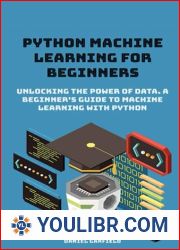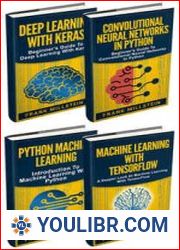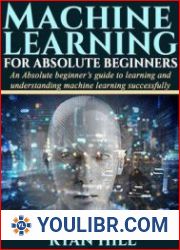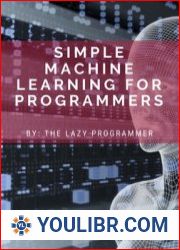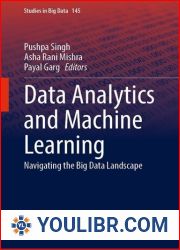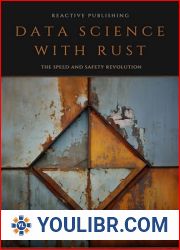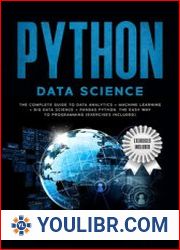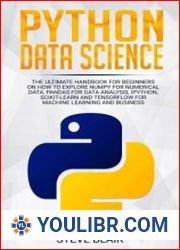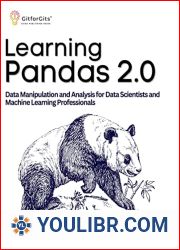
BOOKS - Data Labeling in Machine Learning with Python: Explore modern ways to prepare...

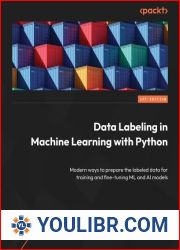
US $7.97

114685

114685
Data Labeling in Machine Learning with Python: Explore modern ways to prepare labeled data for training and fine-tuning ML and generative AI models
Author: Vijaya Kumar Suda
Year: January 31, 2024
Format: PDF
File size: PDF 38 MB
Language: English
Year: January 31, 2024
Format: PDF
File size: PDF 38 MB
Language: English
Take your data preparation and Machine learning skills to the next level by learning various Python algorithms and tools for data labeling In the 21st century, data has emerged as the new oil, serving as the cornerstone for AI revolution. However, harnessing the true potential of data requires careful exploration and preparation, often powered by the capabilities of Artificial Intelligence and Machine Learning. Central to this process is the critical task of data labeling. This book, 'Data Labeling in Machine Learning using Python,' invites you to unlock the boundless potential of data. You'll discover the art of utilizing summary statistics, weak supervision, programmatic rules and heuristics that assign labels to unlabeled training data programmatically. As your journey unfolds, you'll master the intricacies of semi-supervised learning and data augmentation, equipping you with invaluable skills for enhancing your datasets. Venturing further into the data landscape, you'll immerse yourself in the annotation of image, video, and audio data, leveraging the power of Python libraries such as seaborn, matplotlib, cv2, and Libra. With hands-on guidance and practical examples, you'll acquire the proficiency to annotate diverse data types effectively. By the end of this book, readers will acquire the practical expertise to programmatically label diverse data types and enhance datasets effectively, unlocking the full potential of their data. If you are a machine learning engineer, data scientist or a data engineer who wants to learn the data labelling methods and algorithms for training your models, then this book is for you. These techniques can be applied to add labels for raw data in linear regression, logistic regression, clustering, and computer vision models. This book is also for data enthusiasts and Python developers who want to learn data exploration and annotation using Python libraries. Basic knowledge in Python is helpful but not mandatory for the audience of this book.







